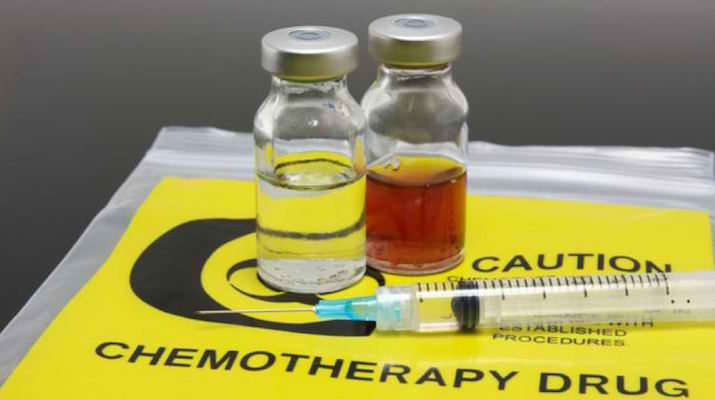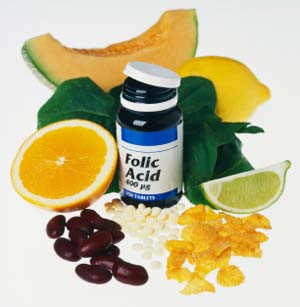In a just-published article, statnews.com science writer, Sharon Begley, reviews the history of failure of Alzheimer's drugs in clinical trials. The latest casualty, a drug called LMTX that targets a prion-like protein, called tau, bitterly disappointed the research community. In a 2012 blog I wrote for CTV.ca, I reviewed the pathology of Alzheimer's Disease (AD), discussed the controversy surrounding the relevance of tau and another prion-like protein, beta-amyloid, and reported on exciting rodent research showing that tau spreads through the central nervous system like an infection, affecting the same brain memory centres in mice that are involved in humans with AD . Commenting on the study, one expert suggested that, to be effective, treatment for Alzheimer's must target both tau and beta-amyloid. Although a drug called PBT2 that I mentioned at the end of my article also subsequently failed in a phase 3 study, I remain hopeful that just-announced trials of nilotinib (Tasigna), already in clinical use for the treatment of chronic myeloid leukemia, may turn the corner on both Parkinson's and Alzheimer's therapy. Time will tell...
New discoveries raise hope for more effective Alzheimer's treatment
by Dr. Lorne Brandes February 15, 2012
"The ‘Big C’ has to be the worst of all diseases,” many people comment when they learn than I am an oncologist.
My answer often surprises them: “I would rather take my chances with cancer than be diagnosed with Alzheimer’s.”
My reasoning? A diagnosis of early cancer still leaves lots of room for hope; our treatments are increasingly effective and commonly lead to complete recovery. Even in its advanced, incurable stages, many cancers can be palliated for months or, in some cases, years. Even at the end of the road, the mind usually remains intact, allowing people to reminisce about the good times, mend broken fences, and say their final goodbyes to friends and loved ones.
Alzheimer’s dementia (AD) is quite another story. Since it was first described in 1906 by Dr. Alois Alzheimer, a German psychiatrist and neuropathologist, this ever-increasing degenerative brain disease has remained poorly understood. Despite the recent availability of drugs, such as donepezil (Aricept), that can sometimes slow down early AD for a few months, there remains no effective treatment to prevent its relentless progression.
As a result, to be diagnosed with Alzheimer’s, even at an early stage, currently leaves little, if any, room for optimism or hope. What can be worse than the uncomprehending, blank stare of a previously vital human being whose memories of people, places and events have been progressively erased over a relatively short time?
But now, two newly-published papers suggest that we may be closer than previously believed to understanding what goes wrong in the brains of Alzheimer’s patients. As a result, we now have promising new leads on how to stop the disease in its tracks. Indeed, one novel therapy, based on a concept reported in one of the papers, has already shown promise in an early (phase 2) clinical trial, with a follow-up study now underway.
To understand these new discoveries, let us first review what is known about two abnormal structures, called plaques and tangles, observed under the microscope in brain tissue of patients with AD.
Plaques (also called “senile plaques”) are made up of clumps of a structurally abnormal (misfolded) protein, called beta amyloid. Thin fibres of this substance first accumulate around nerve cells in a vital memory area of the brain, called the entorhinal cortex.
Eventually, smaller, soluble beta amyloid molecules, called “ toxic oligomers”, break away from the plaques. This dissolvable form of beta amyloid is thought to interfere with chemicals (called neurotransmitters) through which the brain sends out signals over nerve networks.
Beta amyloid is derived from “ amyloid precursor protein” (APP), made by a gene on chromosome no. 21. Why is this important to know? Because patients with Down syndrome, resulting from an extra chromosome 21, all develop AD if they live long enough. That is probably the most persuasive reason for linking AD with an abnormal buildup of beta amyloid in the brain.
Tangles (also called “ neurofibrillary tangles”) form the second piece of the Alzheimer puzzle. We now know that, like plaques, thin spaghetti-like tangles are also made up of clumps of an abnormally folded protein, in this case, a substance called “tau”.
Whereas beta amyloid plaques accumulate outside nerve cells, toxic amounts of tau accumulate inside, where they disrupt a tubular canal system (called microtubules) that serve as conduits for vital nutrients and chemicals that help nerve cells function and remain healthy. In addition, tau also increases the toxic effects of a second cell-damaging protein, called alpha (α)-synuclein , implicated in many neurodegenerative diseases, including AD, Parkinson’s and multiple sclerosis.
While recent studies suggest that beta amyloid drives the formation of tau, a fierce debate continues over whether either of these misfolded proteins actually cause the disease.
Indeed, leading Alzheimer researcher, Dr. Rudy Castellani, believes that the beta amyloid hypothesis is “deeply flawed and certainly unproven.” He, and others, have suggested that beta amyloid is irrelevant, simply part of the flotsam and jetsam resulting from cell damage caused by some yet undiscovered cause.
Calling for a fresh start, Castellani says , “I think we have to throw the kitchen sink at the problem. Everything should be on the table, including a poly-therapy approach that encompasses multiple constructs and hypotheses.” But, although his discouragement over the lack of progress is understandable, the two new studies, to which I alluded earlier, give fresh insight into why both beta amyloid and tau may be important factors in AD.
The first , led by scientists Karen Duff and Scott Small of New York’s Columbia University, used mice that were genetically-engineered to specifically produce abnormal human tau protein in cells in the entorhinal cortex. Over a period of several months, the aberrant tau protein was found to spread “ like an infection” along nerve networks connecting the entorhinal cortex to other memory centres of the brain, a process that closely mimics the progression of AD in humans.
Prior to this experiment, doctors wondered if AD starts in the entorhinal cortex because its cells are somehow the most vulnerable to beta amyloid damage. According to this hypothesis, the disease eventually affects memory cells in other “bad neighborhoods” in the brain where beta amyloid deposits occur.
But now, says Alzheimer expert, Dr. John Hardy of London’s University College, “with the [new] mouse studies, the issue of a bad neighborhood is settled….It isn’t a bad neighborhood. It is contagion from one neuron to another…[and] if tau spreads from neuron to neuron, it may be necessary to block both beta amyloid production, which seems to get the disease going, and the spread of tau, which continues it, to bring Alzheimer’s to a halt.”
One way to prevent the spread of tau is to develop a specific antibody that, by latching on to the abnormal protein, arms the immune system to remove it; another is to identify membrane-blocking drugs that prevent tau from leaving cells so that it can not travel along nerve networks.
As for blocking beta amyloid, therapies that reduce its level in the brain have been, so far, unsuccessful in reversing dementia, a fact duly noted by Dr. Castellani and other critics of the beta amyloid hypothesis.
However, skepticism about the value of attacking beta amyloid may be about to change as a result of the second new study, published by a research team led by Dr. Susan Lindquist of the Whitehead Institute for Biomedical Research in Cambridge, MA. Lindquist’s group is interested in trace metals, such as iron, copper and zinc, that are required by enzymes and neurotransmitters to function normally. They have identified a family of compounds, called 8-hydroxyquinolines (8-OHQ), that protect yeast cells from TDP-43, a metal-binding neurotoxic protein implicated in amyotrophic lateral sclerosis (ALS) that appears to behave like beta amyloid.
One 8-OHQ derivative mentioned in Lindquist’s study is PBT2, an AD drug currently being tested by Prana Biotechnology, a small Australian drug company. According to Prana, PBT2 specifically blocks the ability of soluble beta amyloid to tie up copper and zinc in the small spaces (called synapses) between nerve endings, an effect they believe explains the significant improvement in cognitive function observed in an earlier phase 2 study.
“Unlike other [beta amyloid] strategies, we target the initial disease progression steps that result in A‐beta becoming toxic, [that] being the interaction with metals in the brain… PBT2 targets these metals, restoring neuronal function to treat the disease,” the company states.
Now, with a new trial of PBT2 finally underway, that hypothesis will be put to the test. Needless to say, the study and its outcome will be followed with great interest.




 RSS Feed
RSS Feed
